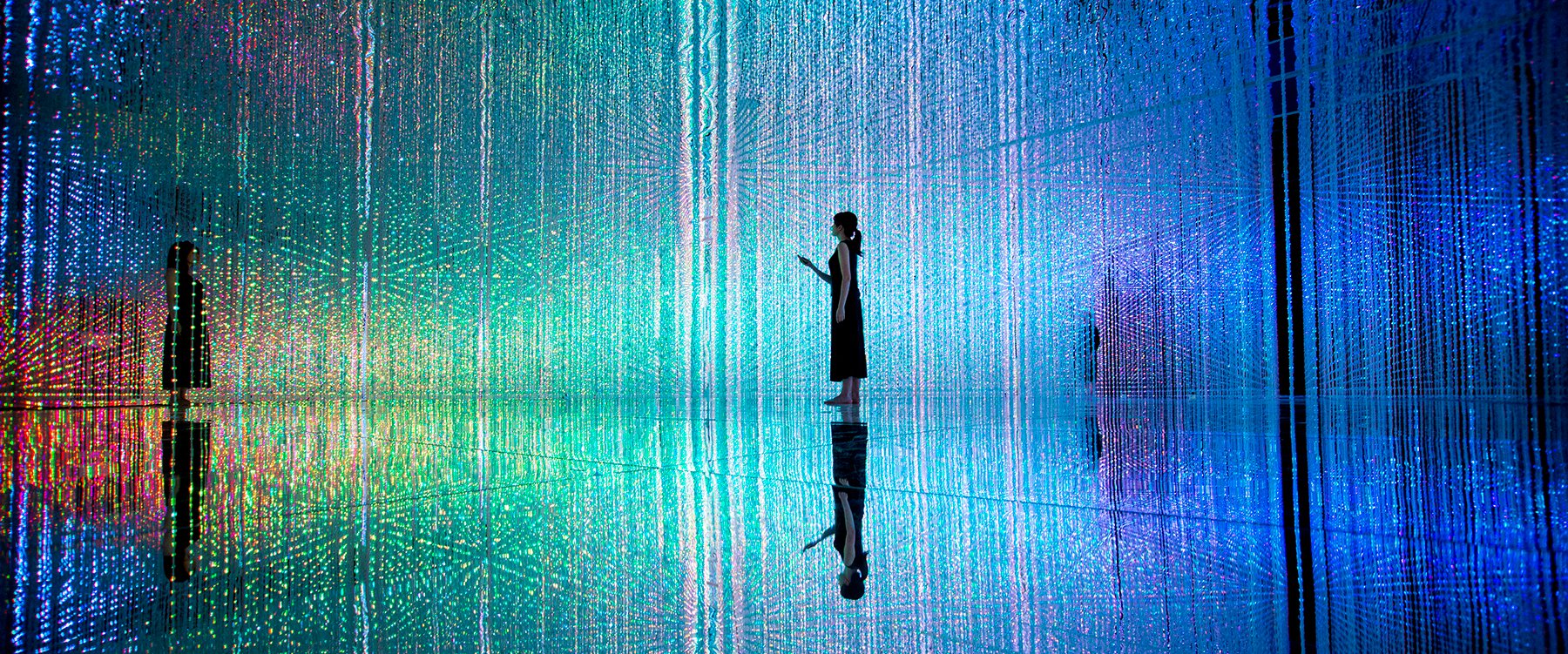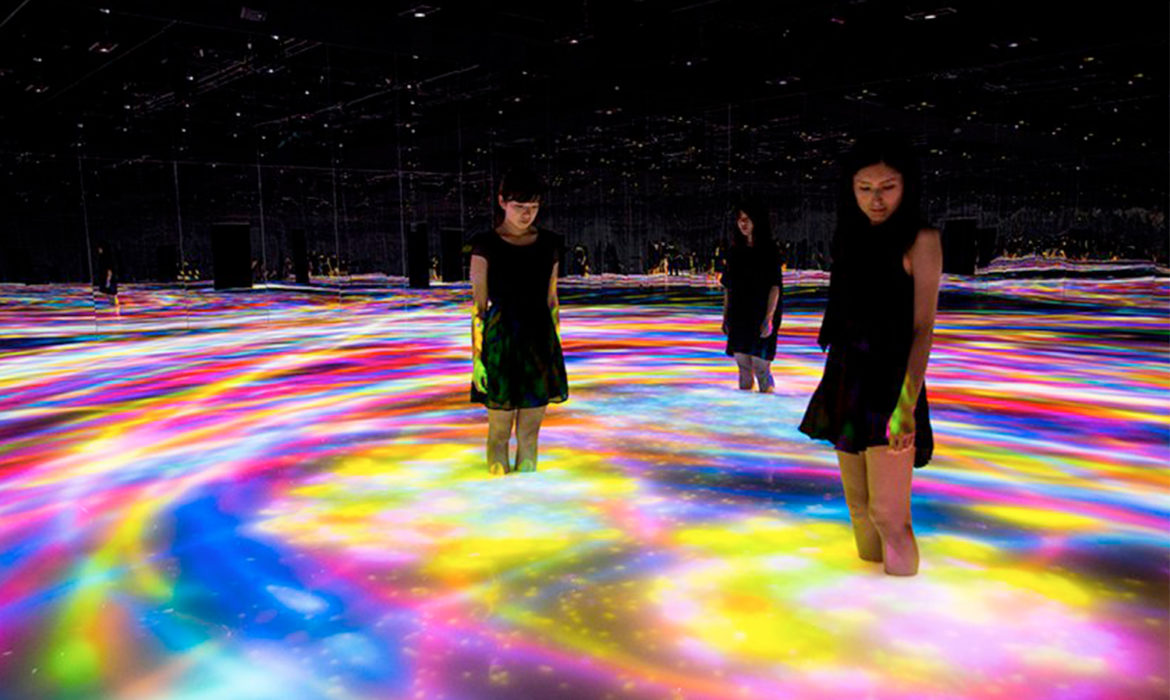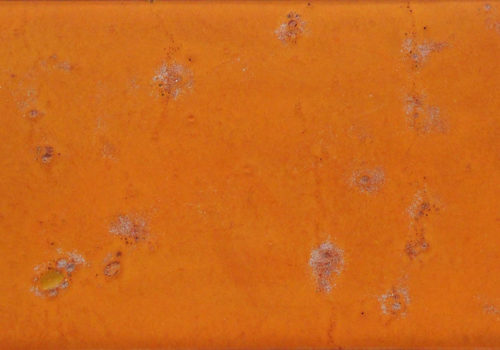On June 21st this year, the first museum in the world dedicated entirely to digital art opened in the Mori building

One month after it opened, the Mori Building Digital Art Museum in Tokyo already has two achievements to its name: only two years went by from the beginning of construction to the ribbon-cutting ceremony, and tickets have been sold out since the day of the inauguration.
The Mori Building, the museum venue, rises on the artificial island of Odaiba, a very popular tourist destination for visitors to Tokyo. Connected to the city centre by the Rainbow Bridge, it is also the location of the Fuji TV headquarters, in the building designed by Kenzo Tange in 1997.
Its peculiarity is that it allows visitors a total immersion into the artwork, as the official video released a few days before the opening demonstrates.
To understand what digital art is, just look around. We find it at various levels of quality as special effects in films, in electronic music, and even in the animated GIFs we share on social media.
It is the latest frontier of art itself: it allows us to visualize places that exist only in the minds of the artists who created them, just as it allows us to enter and visit places that exist without our physical presence. Furthermore, it is extremely democratic in its use: if the work is well-structured, it is immediately comprehensible. There is no need for either filters or explanations, nor does the material require studying. You are simply immersed in a different dimension.
Anyone who visited the Japanese Pavilion during Expo 2015 in Milan got a small taste in the two installations it housed, but the Mori Digital Art Museum wishes to become a unique destination, especially in view of the Tokyo Olympics in 2020.
Maria Elena Viggiano, journalist

Funded by the Mori Building Co., the project was built entirely by teamLab, a group of around 400 creative professionals that includes mathematicians, engineers, creative professionals and artists gathered under the aegis of Epson. As explained on the website, «teamLab believes that the digital domain can expand the possibilities of art, and that digital art can create new relationships between people».
The Digital Art Museum develops across a three-dimensional space of over 10,000 square metres, with 520 computers working in synchro with 470 latest-generation projectors, creating a single, huge and unprecedented “sensory environment”. All the installations reflect one of themes the collective loves best, which is deeply rooted in the Japanese culture: exploring the relationship between Man and Nature.
The theme of the exhibition, Borderless, is developed in over 50 works. Titles such as “Multi jumping Universe”, “Vortex of light”, “Memory of Topography”, “Forest of Resonating Lamp” lead the viewer towards an interactive experience of interchange with the artwork, because the visitors’ position, physical contact and direction change the trajectories and movements of the figures withing each single artwork in real time.
No canvases, painting or monitors, but walks through large installations made to be touched and to physically walk through.
A short journey through the most important works is offered by the Ikidane Nippon channel:
This museum takes full advantage of the evolution of digital technology, leaving the field wide open for artistic expression and definitively abandoning the static and material supports of artworks.
«The advent of digital technology makes it possible for human expression to set itself free from physical constraints, so that it may exist and evolve freely», explains TeamLab.
You can enjoy a different experience every day. There are various monitors and projectors (and) people can become part of the artwork. There are no boundaries and boundaries themselves have been abandoned.
Takashi Kudo, communications director of teamLab

© teamLab
The communication director of teamLab explains his thoughts in greater depth: «When you create something, the boundaries remain. If you paint a picture for example, or shape a sculpture, you can’t change them. But with digital art you can always change the work because the digital work does not actually exist».
And he concludes: «We really want to take people deep inside our artworks.»
© ALL RIGHTS RESERVED
translation by Olga Barmine






